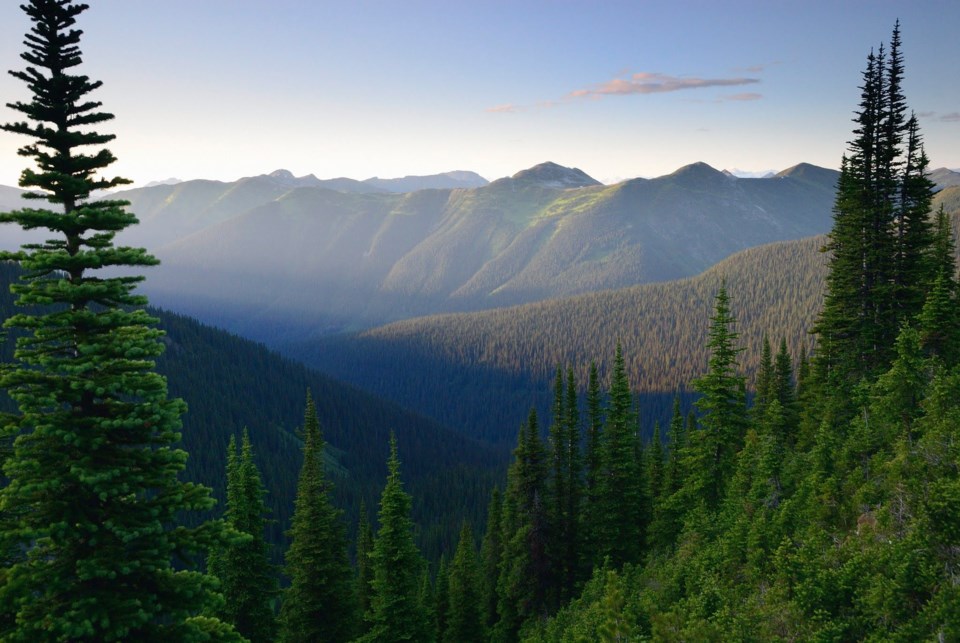Re: James Steidle’s column of June 20, Logging Walker Creek area makes no sense
Substantial portions of the Walker were logged in the 1980s due to a spruce bark beetle infestation. The infestation was ended by an unusual sub-zero cold snap in the autumn of 1985.
Now the beetles are coming back.
The older the tree, the more vulnerable it is to beetles. Should we just let them die and rot or burn in place?
Plantation thinning is not a viable option. When nature seeds an area after a fire, the young trees grow back thick. As the new forest grows to maturity, the weaker trees die off. This kind of stand can be thinned before the trees reach full size.
But we don’t re-plant like that after logging. Perhaps we should, but instead we plant at the optimum spacing for a mature stand — no excess stems to thin. As well, much of the pine in the plantations was killed off by the pine beetles — even less to thin.
Freya Logging does a great job. I’ve seen some of their work but it wasn’t in a plantation.
For decades, people have been saying we should do what Sweden does. I don’t think they know what Sweden does. Only two per cent of their forests could be considered primary forest. The rest has all been clearcut logged at least once.
Forest practices in Sweden are based on the desire to extract as much money as possible from their forests. Most forested land there is privately owned, much of it in small holdings.
Clearcutting is mandatory, even on private land. They plant much thicker stands than we do with the intention of thinning as the trees grow to maturity. They thin at least once, sometimes as many as five times before the final cut that must be clearcut.
If we want to change the way we harvest trees, we have to start by changing the way we plant and only then, as those trees grow, can we change.
Art Betke
Prince George



